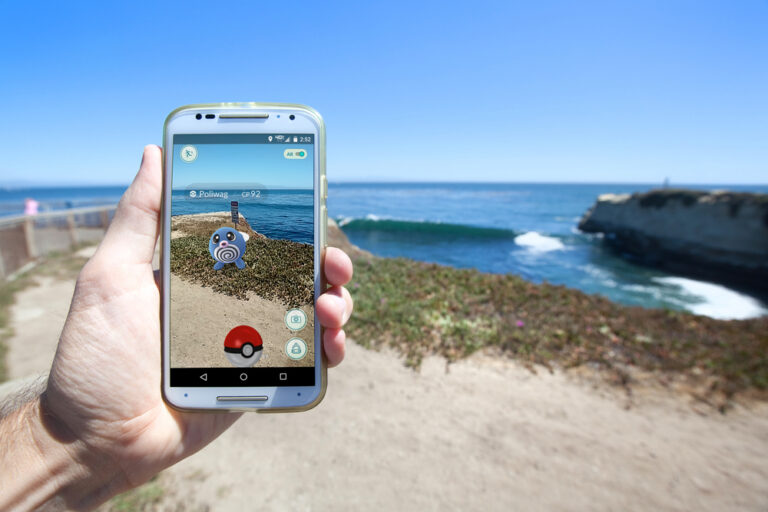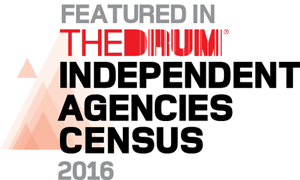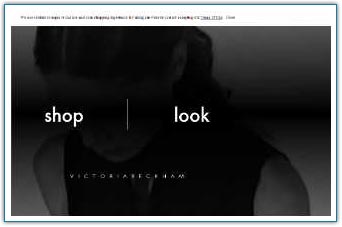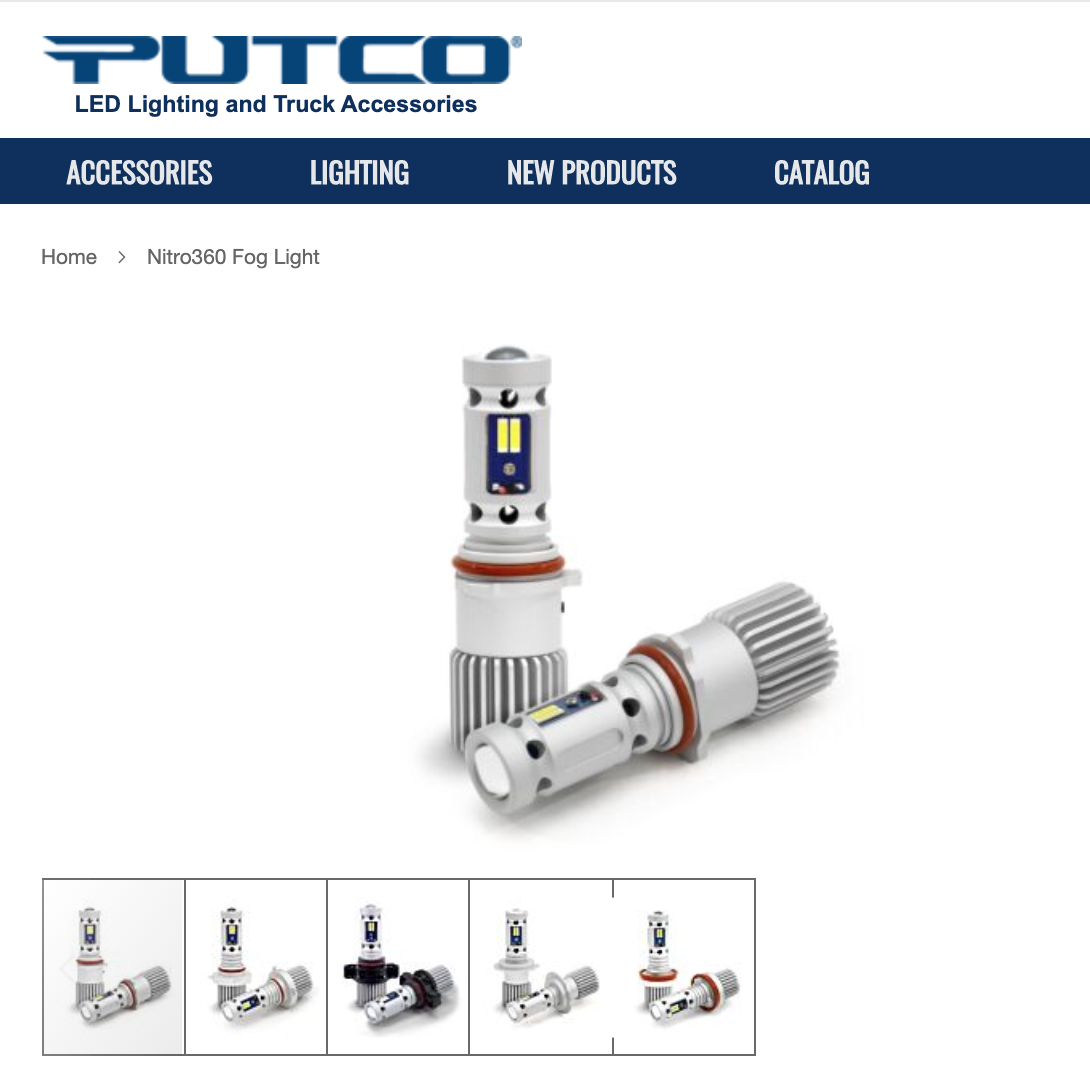

What’s the first thing that shoppers look for when considering a new aftermarket upgrade for their cars? Pictures, usually. More specifically, pictures featured on platforms like Google Images, Instagram, and Pinterest.
Whether it’s aftermarket modifications or DIY maintenance components, modern automotive shoppers generally do their research online. As noted by the Specialty Equipment Market Association (SEMA) in a meta analysis, automotive aftermarket “shopping starts with an inspiration, which for this generation begins online.” Browsing images of cars similar to their own is what “stirs their emotions and encourages them to formulate dreams.” In other words, they want to see their car “trying on” the component before they make a purchase.
There’s no doubting that unique, quality images are integral to your automotive web store. The challenge is getting your images in front of the eyes of potential customers when all of your competitors are trying to do the same thing.
In that regard, the journey to maximizing the visibility of your images across platforms – and using that visibility to boost traffic to your website – begins with some proper SEO and image optimization. For a great example of product images, check out Putco’s webstore.
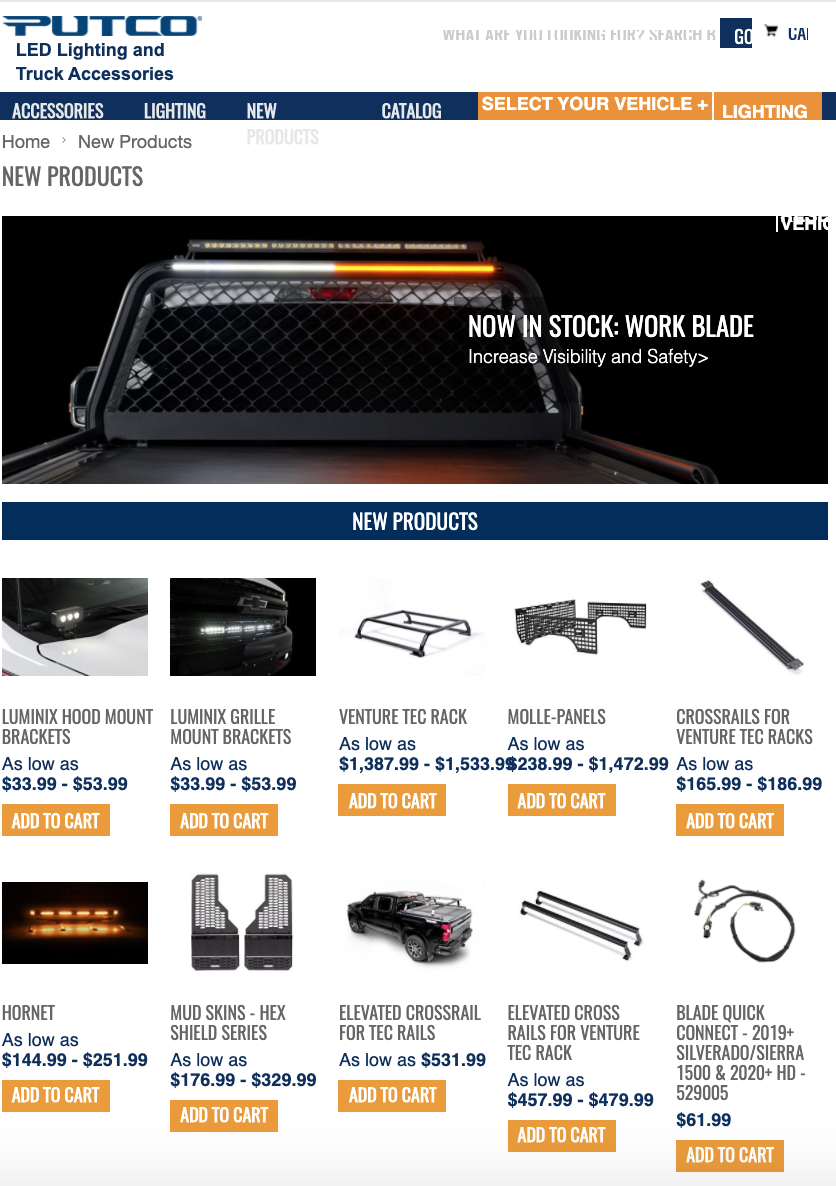

Compress to Conserve Data
Google doesn’t like it when you waste users’ bandwidth – especially mobile users, who are often restricted by monthly data caps from their ISPs. Taking a large image and simply shrinking it down via HTML tags only changes the appearance of the image. The same unnecessarily large file is still loaded on users’ devices, it’s simply displayed smaller on their screens.
That creates a couple of problems. For one, Google’s algorithm notices those oversized image files wasting data and dings your site for not being optimized. Secondly, larger files equal longer load times, which Google also penalizes. Having your website populated with unnecessarily large image files can even make it hang up or freeze on some users’ devices, hitting you with the third and final blow of an increased bounce rate.
Create Relevant File Names
It’s only a small bump in SEO friendliness, but every bump counts. Edit the image file names on your server to something unique and relevant. For example, you might name an image of a chrome wheel something like “20_inch_mag_wheel_chrome.jpg” instead of the random string of characters that it’s named by default.
Those relevant keywords in the file name give search engines another opportunity to properly categorize and rank your images. Furthermore, it makes them more user-friendly: users who open your images in new browser tabs or download them will be met with a nice, descriptive file name.
Write Unique and Descriptive ALT Tags
ALT tags give you yet another opportunity to sprinkle your images with some SEO- and user-friendliness. Essentially, the whole purpose of an ALT tag is to describe the content of an image for algorithms as well as visually-impaired users. Make sure all of your images have brief, relevant ALT tags peppered with some of the keywords your page is targeting.
Combining the descriptive file name and ALT tag, you’re left with a nice SEO-friendly image tag that looks like this:


Surround the Images with Relevant Text
Of course, in the end it all comes down to content. No amount of optimization will propel your site and web images to the top of search results if the written content isn’t unique, relevant, and well-executed.
When it comes to images, the page text will further help search algorithms categorize and rank you by subject and quality. For example, an image of a chrome wheel could appear on an automotive aftermarket web store, a bicycle shop, a page offering Google Chrome icon packs, etc. It’s the text on the page in the vicinity of the image – most notably the caption – that tells algorithms what they’re looking at. Below, you’ll see a great example of this:
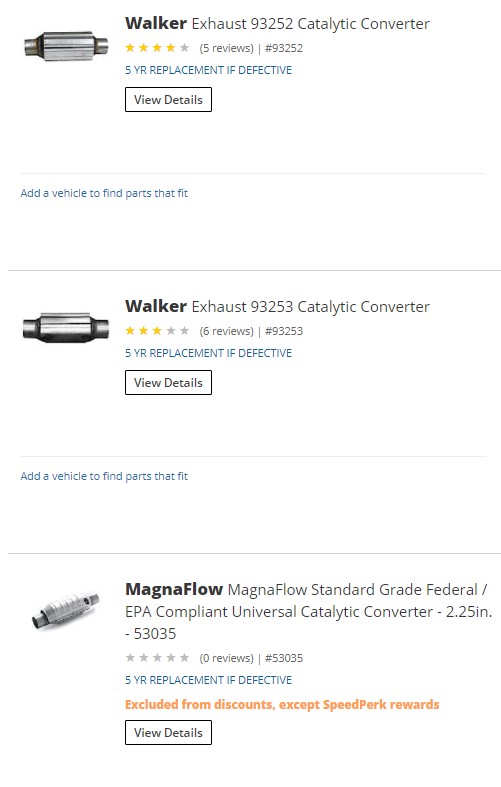

Conclusion
Once you get all of your web images compressed, optimized, and placed correctly for SEO purposes, you’ll have a solid foundation from which to build platform-specific image marketing strategies. Create unique, high-quality images, tag and market them effectively on Google and social media, then you’ll really have a leg up on your competitors’ stores when shoppers go browsing on their favorite image platforms for some automotive inspiration. Reach out to us today and let’s discuss how to make this magic happen on your own automotive eCommerce site.

